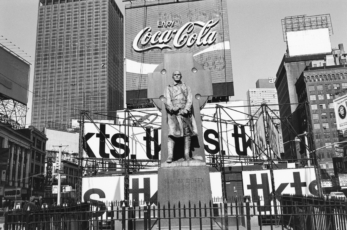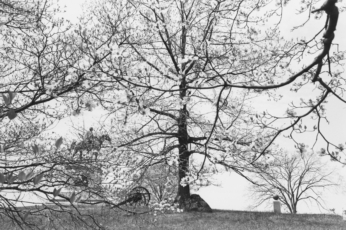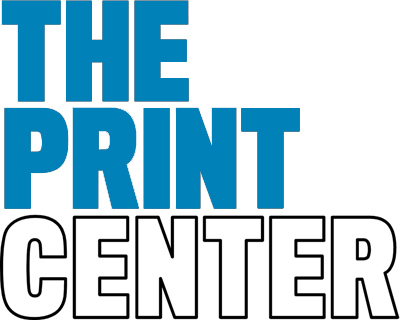Over the course of 12 years in the 1960s and early ‘70s, Lee Friedlander crisscrossed the United States taking thousands of photographs with his 35mm camera. The result was The American Monument, a book of 213 photographs published in 1976. At the time, reviewers in Aperture magazine noted that, “There is more of America with all its beauty, clumsiness and forgetfulness crammed into these pages than there was in all the bicentennial nonsense put together.” The American Monument was not a lighthearted touristic account but a critical tool for another way to see America at a time no less fraught with partisan rivalries and sociopolitical tensions than our own.
This selection of images highlights the range of monuments photographed by Friedlander from the awe-inspiring Mount Rushmore National Monument in South Dakota to sleepy, overgrown patches of Confederate and Union military parks alike. Each photograph is carefully composed so that Friedlander contextualizes the monuments within the complex details of their larger settings. One of his most striking juxtapositions involves the monument to Father Duffy, an Irish-American chaplain who served in World War I, and the unabashedly shameless advertisements of Times Square. The modestly dressed and pious-faced Duffy appears to hold the weight of the entire city on his shoulders. Just like in Bourke-White’s photographs, New York City is also represented as a monument in and of itself.




